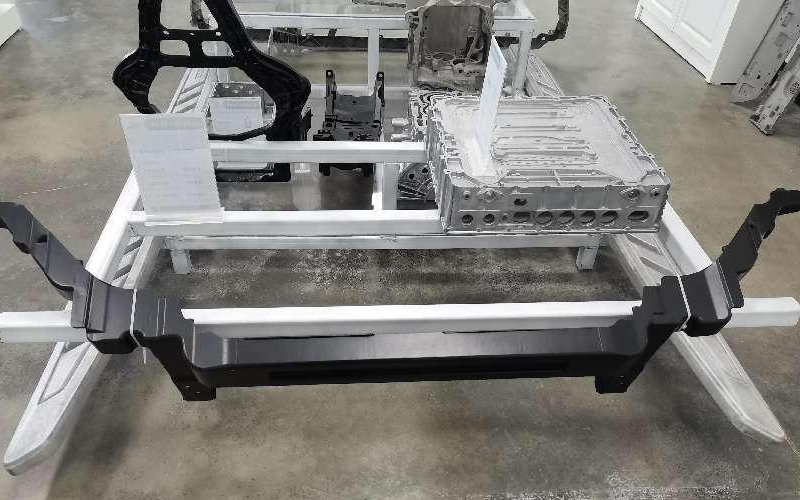Introduction:
Aluminum die casting molds play a pivotal role in the manufacturing industry, enabling the production of complex and high-quality aluminum components with precision and efficiency. This article aims to explore the various aspects of aluminum die casting molds, including their importance, types, manufacturing process, and advancements. By delving into this subject, we can gain a deeper understanding of how these molds contribute to the manufacturing industry’s growth and innovation.
Importance of Aluminum Die Casting Molds:
Aluminum die casting molds are the backbone of the die casting process, allowing manufacturers to create intricate designs and precise shapes with aluminum alloys. These molds provide the necessary framework for molten aluminum to be injected under high pressure, giving rise to a wide range of products used in various industries, such as automotive, aerospace, electronics, and more. Without these molds, achieving the desired quality and consistency in aluminum die casting would be nearly impossible.
Types of Aluminum Die Casting Molds:
There are two primary types of aluminum die casting molds: permanent molds and expendable molds. Permanent molds, typically made of steel, are reusable and designed for high-volume production. They offer superior dimensional accuracy and surface finish, making them suitable for manufacturing complex components. On the other hand, expendable molds, also known as sand molds or plaster molds, are used for low-volume production or prototyping. These molds are made from non-permanent materials and are destroyed once the casting is completed. Each mold type offers unique advantages based on the production requirements.
Manufacturing Process:
The manufacturing process of aluminum die casting molds involves several steps. It begins with the design phase, where engineers utilize computer-aided design (CAD) software to create 3D models of the desired product. These models are then used to generate mold designs, incorporating features such as gates, runners, and cooling channels. The mold is then manufactured using various techniques, such as CNC machining, electro-discharge machining (EDM), or 3D printing. After the mold is manufactured, it undergoes rigorous testing and quality control measures to ensure its durability and functionality.
Advancements in Aluminum Die Casting Molds:
With technological advancements, aluminum die casting molds have undergone significant improvements. One such advancement is the integration of additive manufacturing, commonly known as 3D printing, in the mold-making process. This enables the production of molds with complex geometries and intricate cooling channels, enhancing the overall efficiency and performance of the casting process. Furthermore, the use of advanced materials, such as tool steel alloys, has led to increased durability and extended mold life. These advancements have revolutionized the die casting industry, enabling manufacturers to achieve higher productivity and cost-effectiveness.
Conclusion:
Aluminum die casting molds serve as the foundation for the production of high-quality aluminum components. They enable manufacturers to create intricate designs and achieve superior dimensional accuracy. With advancements in technology and material science, these molds have become more advanced, efficient, and durable. By understanding the importance, types, manufacturing process, and recent advancements in aluminum die casting molds, we can appreciate their pivotal role in driving innovation and growth in the manufacturing industry.
-

- Magnesium alloy die-casting Auto parts controller housing
-

- میگنیشیم الائے ڈائی کاسٹنگ پارٹس اور ای بائک کے اجزاء
-

- Thixomolding magnesium parts & components mobile phone middle board
-

- موٹر سائیکل کے لیے میگنیشیم الائے ڈائی کاسٹنگ سخت فورک
-

- OEM die-casted parts& components
-

- Die cast magnesium parts laptop housing cover D

 0086-750-5616188
0086-750-5616188 +86 13392089688
+86 13392089688 sales@zhongmei-tech.com
sales@zhongmei-tech.com








